See the moves:
Warm-Up: Six-Points Warm-Up ⋅ One-Legged Hug ⋅ Hip-Flexor Stretch ⋅ Calf Raise
The Moves: Armchair ⋅ Twist ⋅ Breathing-In Posture
Madeline Hooper is a whiz with clippers and a trowel. But like most horticulture devotees, she’s also nursed her share of aches and pains from tending to her flora. “It got to the point where I wanted to garden more but would wake up every morning in pain,” she says.
That’s when a fellow gardener introduced her to Jeff Hughes. The award-winning trainer fills his sessions with balance and strength techniques — which he teaches as habits, in line with a philosophy that if you “train the mind, the body will follow.”
The pair clicked, and these days they take Hooper’s knowledge of vegetation and Hughes’s fitness expertise on the road, visiting gardeners across the country in the PBS series GardenFit.
During each episode, Hooper assesses the gardens while Hughes assesses the gardeners. “I start to see where they’ve created habits and do things that are causing them problems,” Hughes says.
Hughes then offers fixes. “But I’m not fixing the problem; I’m fixing the mind,” he explains. The pair checks in four weeks later with the gardener — who by then, it is hoped, has established a routine of using the suggested exercises.
The following movements can help any gardener establish the balance and strength necessary to create better habits, prevent injury, and minimize wear and tear on their most important gardening tool: their body.
Warm-Up and Stretches
Six-Points Warm-Up
A good warm-up moves blood into your muscles and stimulates the production of synovial fluid in your joints. Hughes suggests performing this gentle sequence, which addresses the back, neck, and torso, before you head out to the garden.
- Gently raise your arms in front of you at shoulder height.
- Open your arms out to the side, squeezing your shoulder blades together gently.
- Lift your arms up over your head.
- Lower your arms back out to the side.
- Bring your arms back in front of you.
- Lower your arms back down at your sides.
- Repeat sequence five times.
Modification: Add a gentle twist of the torso to the right and left for an eight-point warm-up sequence.
One-Legged Hug
This move stretches the glutes and lower-back muscles on the bent-leg side as well as the hip flexors on the straight-leg side.
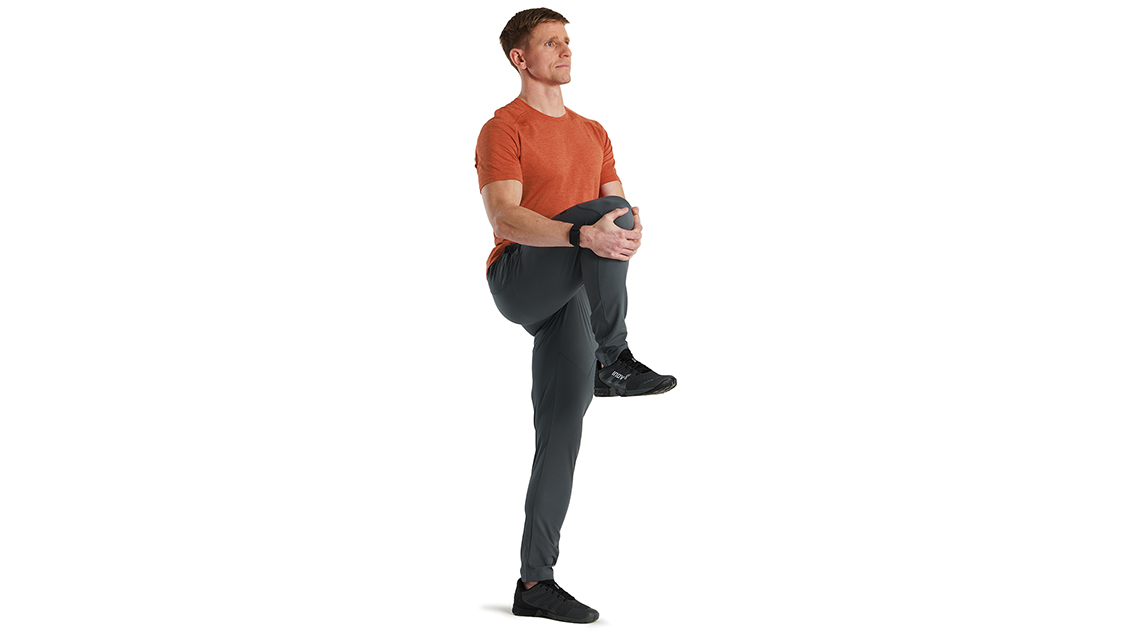
- Stand up straight with your arms at your sides.
- Shift weight to one leg and balance on it. Use a wall, tree, or fence for support if needed.
- Raise the opposite leg toward your body, gently bending at the knee.
- Pull your knee into the chest and hold the position.
- Lower your leg back down.
- Repeat with other leg.
- Do three to five reps for each leg.
Hip-Flexor Stretch
Hip flexors are used every time you step, squat, or sit. Doing this simple stretch throughout the day can keep your muscles warm and reduce injury risk. (Tight hips? Try these “6 Exercises for Healthy Hips“.)
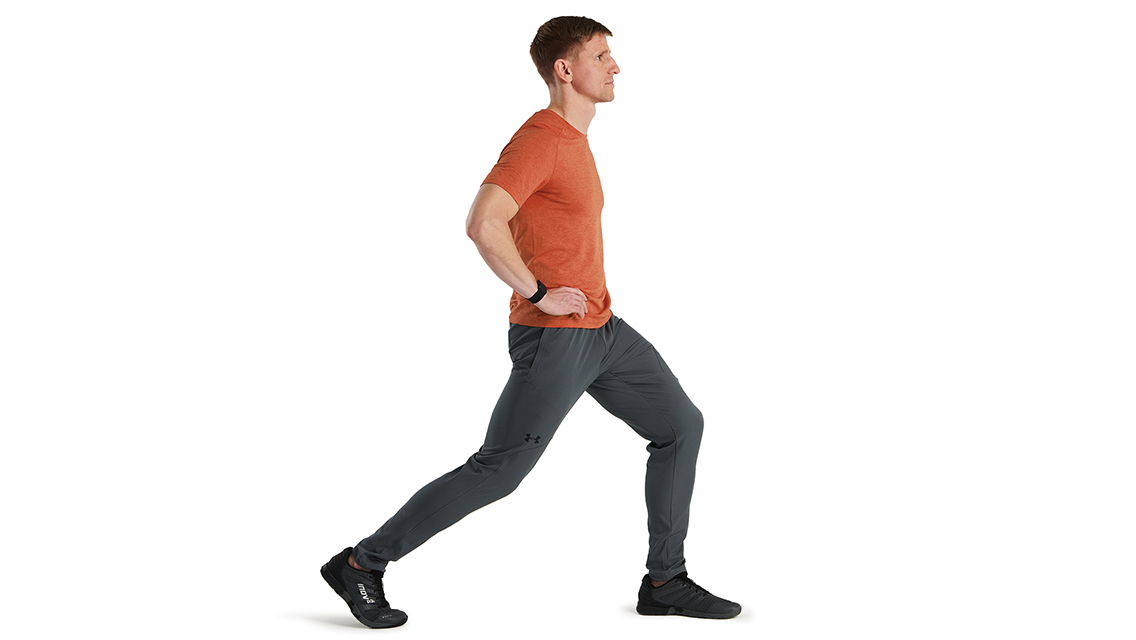
- Stand up straight.
- Gently move one leg behind you for a simple stretch.
- For deeper stretching, continue gently moving your leg behind you.
- You can lower all the way into a lunge: Support your weight on a chair and your bent leg to create balance and structure as you continue into the lunge pose.
Calf Raise
This move strengthens the structures around the knees. (For more on calf raises, visit “BREAK IT DOWN: The Calf Raise“.)
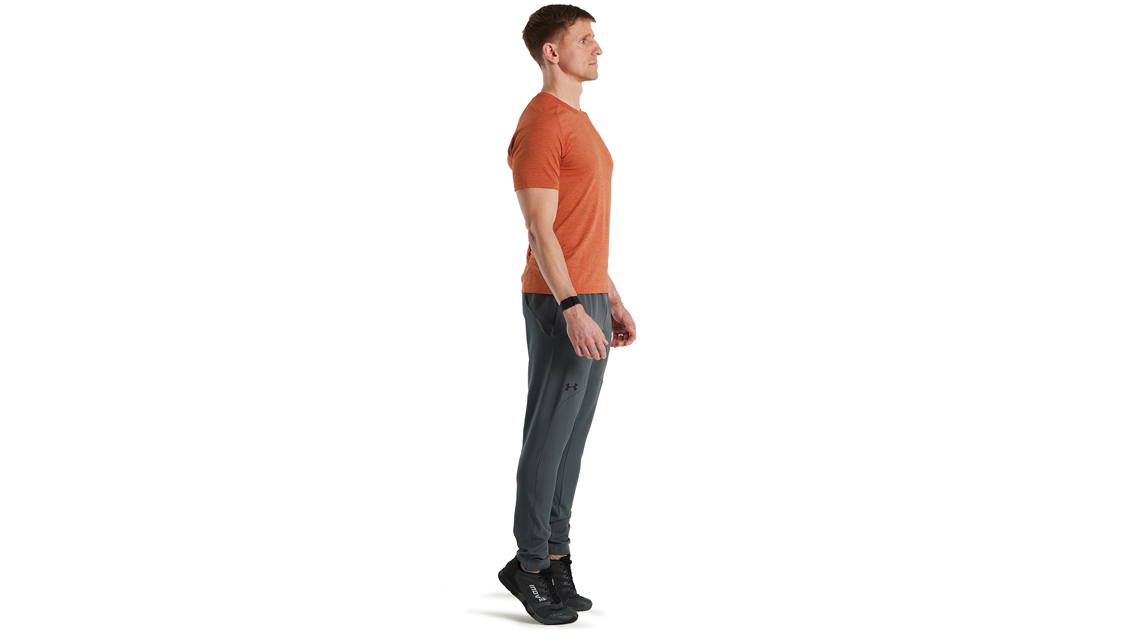
- Stand on the balls of your feet. On a count of two, rise up onto your tiptoes, going as high as possible.
- Gently move straight up and down without letting your body sway. Use a wall, tree, or fence for support if needed.
- Perform one set of 10 to 12 reps every other day eventually working up to three sets, resting one minute between sets
The Moves
Support your body as you garden by getting into the habit of using the following movements.
Armchair
Getting down on and up off the ground can take a toll on your back and knees. Instead of kneeling, or standing folded forward at the waist, Hughes suggests, use the armchair move as a foundation. This fresh take on a squat provides the balance and structure necessary to stay in one place for as long as you need to dig, weed, or harvest in a 4-foot circular area.
- Set your feet a little wider than your hips. Lower between your feet into a squat.
- Keep your feet flat on the ground, ensuring that your knees don’t go past your toes.
- Place your forearms on your legs for extra stability
- Move one arm as you need to leave the other on your leg for support.
- Doing the armchair 10 times is also an excellent warmup for your lower body before you start your day in the garden.
If you need to reach an area farther away, Hughes recommends standing up, stepping a few feet to one side or the other, and dropping back into the armchair. This will help you maintain balance and structure and avoid injuries from overreaching or falling out of position.
Twist
Sometimes, gardening calls for getting onto the ground. Inspired by watching his 6-year-old daughter get up and down with ease, Hughes came up with this move to help a client who’d given up golf because he couldn’t retrieve his ball without hurting his knees. (Improving knee strength and mobility can help alleviate pain. Learn more.) It’s also ideal for gardeners.
- Get into the armchair position
- Place one hand on the ground.
- Instead of dropping your knee, turn your body and your knee will follow to the ground naturally.
To get back up:
- Set yourself up with one elbow on the knee of the same side
- Twist or turn to that side and you’ll be back into the armchair position and can more easily raise yourself to a stand.
Breathing-In Posture
This is a good way to engage and strengthen your shoulder-blade muscles while also providing a stretch for tight side and chest muscles.
- Stand comfortably.
- Slowly raise your arms over your head and inhale gently so your lungs are full of air at the top.
- Once your hands are above your head, hold your breath.
- Lower and raise your arms out toward your sides gently three times like you’re waving down an airplane. Keep holding your breath.
- After the third time, your hands should be back above your head.
- Lower your arms down slowly in front of you and behind your back, which will give your shoulders a stretch.
- Exhale and slide your shoulder blades down into their “pockets.” Hold the position for 30 seconds.
- Perform three to five reps of the entire exercise.
Gardening: The Ultimate Mind–Body Workout
The health benefits of gardening go beyond reaping a harvest of vegetables and fruits. Pulling weeds, raking, reaching for various plants and tools, and twisting and bending as you plant all work the muscles in your body and build strength, stamina, and flexibility. Gardening can also help you grow in these ways.
- Increase exposure to vitamin D. Outdoor activities like gardening are great ways to catch some rays while pursuing a hobby.
- Reduce dementia risk. One study tracking 2,805 seniors age 60 and up concluded that physical activity, including gardening, could lower the risk of dementia later in life.
- Boost mood. A raft of research shows that exposure to gardens and other natural areas is associated with less depression, anxiety, and stress.
- Improve self-esteem. In one study, community gardeners in London reported feelings of higher self-esteem than a nongardener control group. Nurturing and harvesting plants is a great way to accomplish tasks and achieve successes that can build resilience outside the garden.
- Build community. Gardens — especially community gardens — strengthen neighborhoods by increasing social connection, reciprocity, trust, and civic engagement.
- Connect with nature. Nurturing plants offers a unique way to create a special bond with the environment that can make you feel part of something bigger than yourself.
This article originally appeared as “Fit for Gardening” in the March 2023 issue of Experience Life.
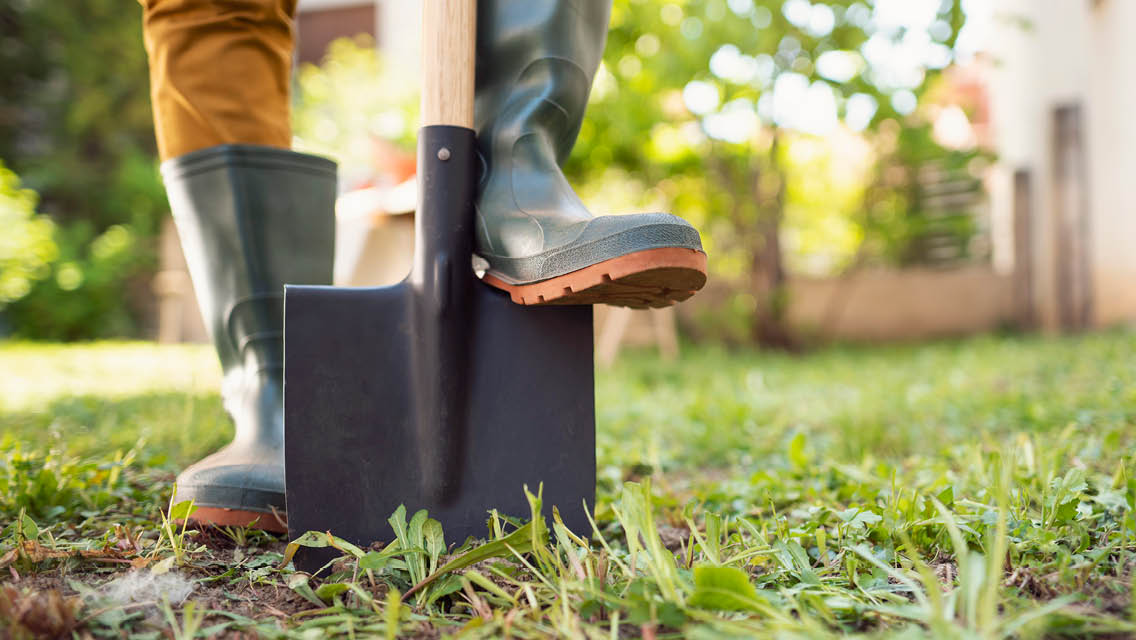

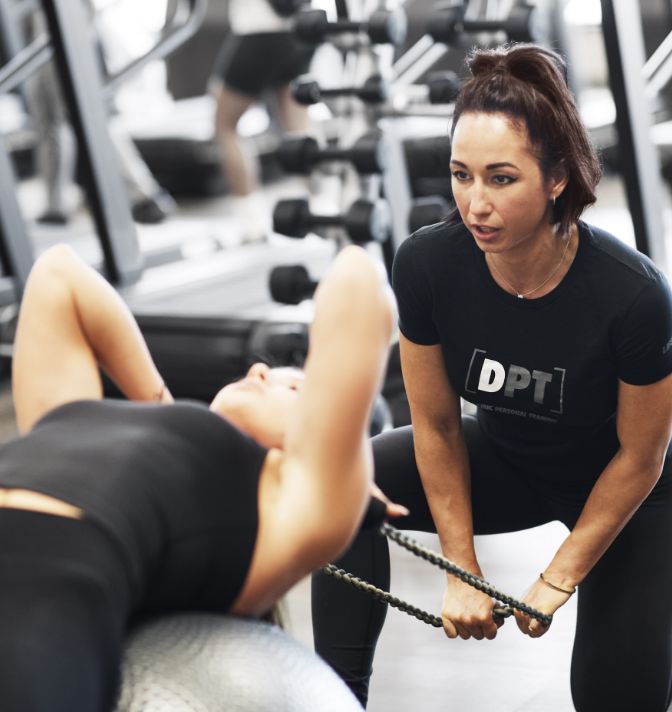
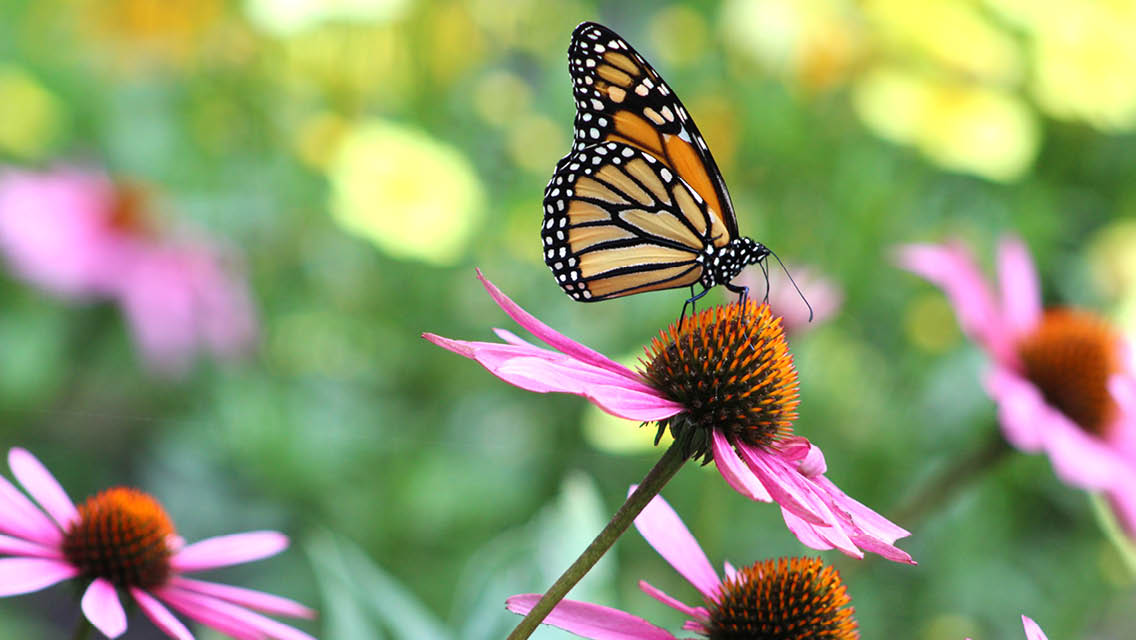


This Post Has 0 Comments